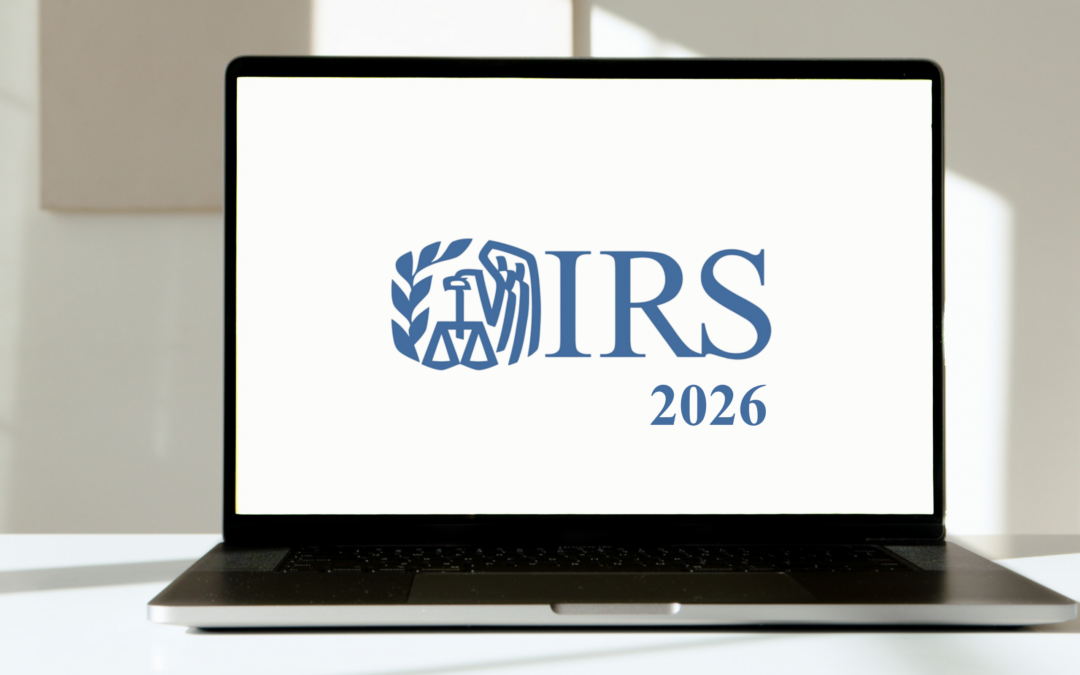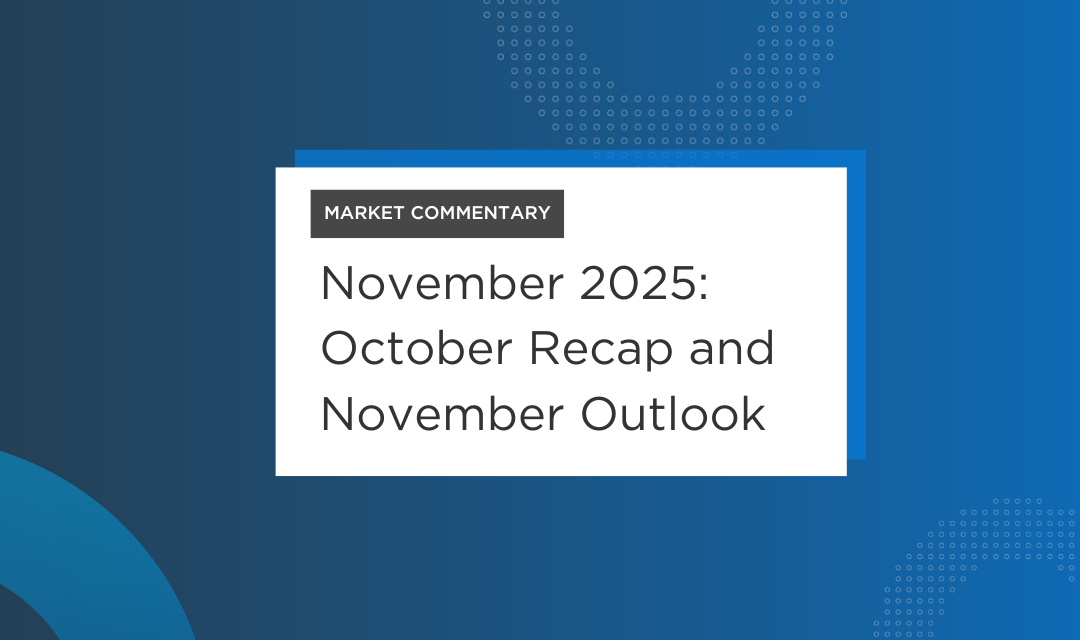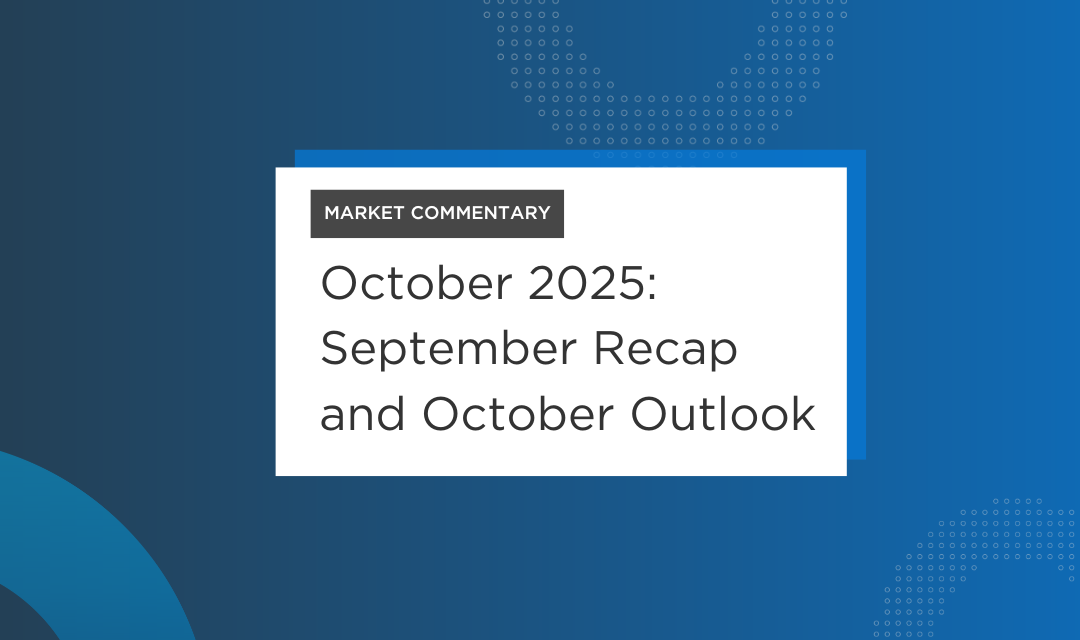You’re probably already aware that financially secure employees are happier, healthier, and more productive. But what you might not know is that employee well-being is also good for your bottom line.
Studies have shown that workers who feel financially secure are less likely to take sick days or quit their jobs, which means they’re also less likely to cost your company money.
But how do you get your employees to a place where they feel financially secure? One way is by offering a financial wellness program in which they can access tools and resources like:
- A financial wellness assessment
- Financial coaching
- Financial education courses
In this article, we’ll tell you how to get started with a financial wellness program for your employees and why it’s so important!
Understanding Financial Wellness
Financial wellness refers to a state of overall financial well-being and stability. It goes beyond the mere accumulation of wealth and focuses on achieving a balance between short-term financial goals and long-term financial security. Financial wellness encompasses a person’s ability to manage their financial resources effectively, make informed financial decisions, and maintain financial resilience in the face of unexpected events or economic challenges.
Key components of financial wellness:
Budgeting and financial planning
Budgeting involves creating a plan for income and expenses, tracking spending habits, and making conscious decisions about how money is allocated. A solid budget helps individuals prioritize their financial goals, identify areas for potential savings, and live within their means.
Debt management
Debt management involves effectively managing and reducing debt obligations. This includes strategies such as consolidating high-interest debts, developing a repayment plan, and avoiding unnecessary debt. Individuals can improve their creditworthiness and reduce financial stress by effectively managing debt.
Saving and investing
Saving and investing are essential components of financial wellness. Saving involves setting aside a portion of income for short-term goals and emergencies, while investing focuses on growing wealth over the long term. Individuals can build financial security by saving and investing wisely, fund future goals, and take advantage of compounding returns.
Retirement planning
Retirement planning involves preparing for financial security during retirement. It includes estimating retirement expenses, determining retirement income sources, such as pensions and investments, and developing a savings strategy to ensure a comfortable retirement lifestyle. Adequate retirement planning helps individuals avoid financial strain in their golden years.
Financial education and literacy
Financial education plays a vital role in improving financial wellness. It involves providing individuals with the knowledge and skills necessary to make informed financial decisions. Financial literacy encompasses understanding concepts such as budgeting, credit management, investment basics, and risk management. By enhancing financial literacy, individuals can navigate complex financial landscapes and make choices aligned with their goals.
Why is a Financial Wellness Program For Your Employees Important?
Financial wellness programs are becoming increasingly popular in the U.S., and for a good reason.
According to a study from CNBC, more than half of Americans (58%) say they’re living paycheck-to-paycheck. Additionally, in 2017, more than half of Americans (51%) said they don’t have enough money to cover an unexpected expense of $500 or more.
So what are the benefits of financial wellness programs? And how can they help your employees?
Here’s why financial wellness programs are important:
- They help employees better manage their finances and avoid debt.
- They improve employee morale, which leads to higher productivity and lower turnover. rates
Designing a Financial Wellness Program
Assessing employee needs and preferences
To design an effective financial wellness program, it is crucial to understand your employees’ specific needs and preferences. Conduct surveys, focus groups, or individual interviews to gather information about their financial concerns, goals, and areas where they would like support. This assessment will help you tailor the program to meet their unique needs and ensure maximum engagement.
Establishing program goals and objectives
Clearly define the goals and objectives of your financial wellness program. These goals may include improving financial literacy, reducing employee debt, increasing retirement savings, or promoting overall financial well-being. Ensure that your objectives are measurable, realistic, and aligned with the needs of your employees and the organization.
Choosing appropriate resources and tools
Select a range of resources and tools that align with your program goals and cater to the diverse needs of your employees. This may include financial education materials, online courses, interactive budgeting tools, debt management resources, retirement planning calculators, and access to financial coaches. Consider offering a variety of formats, such as workshops, webinars, or online platforms, to accommodate different learning styles and preferences.
Partnering with financial service providers
Collaborate with reputable financial service providers to enhance the offerings of your financial wellness program. This partnership can provide access to professional help, personalized financial coaching, and specialized retirement planning or investment management services. Ensure that the chosen providers align with your program goals, prioritize your employees’ best interests, and maintain a fiduciary duty.
Ensuring confidentiality and privacy
Maintaining the privacy and confidentiality of your employees’ financial information is paramount. Establish clear protocols and safeguards to protect sensitive data. Communicate the importance of privacy to employees and ensure that any external partners or vendors comply with strict data protection measures. Build trust by assuring employees that their personal financial information will be kept confidential and used only for the purposes of the program.
By considering these design elements, you can create a financial wellness program tailored to your employees’ needs, aligns with your organizational goals, provides relevant resources and tools, fosters strategic partnerships, and safeguards privacy. Regularly assess the program’s effectiveness and make adjustments based on feedback and evolving employee needs to ensure its long-term success.
Conclusion
By adding a financial wellness program to your HR offerings, you’re helping your employees feel more financially secure and improving their health. With the help of a financial wellness program, your employees can be better equipped to make smart decisions about their money and keep themselves on track toward their long-term goals.
SOURCES
https://www.togetherplatform.com/blog/employee-financial-wellness-program#:~:text=Offer%20regular%20financial%20wellness%20coaching%20and%20mentoring&text=Through%20financial%20coaching%20and%20education,advice%20personalized%20to%20their%20needs.
https://www.enrich.org/blog/how-to-increase-employee-engagement-in-financial-wellness-programs
https://teambuilding.com/blog/employee-financial-wellness
DISCLOSURES
Investment advisory services offered through TCG Advisors, an SEC registered investment advisor. Insurance Services offered through HUB International. Tax services offered through RPW Solutions. Although the information in this blog has been compiled from data considered to be reliable, the information is unaudited and is not independently verified.
Tax services offered through RPW Solutions. TCG Advisors does not provide tax, legal or accounting advice. This presentation was prepared for information purposes only, and is not intended to provide, and should not be relied on for, tax, legal or accounting advice. You should consult your own tax, legal and accounting advisor before engaging in any transaction.
This website is not authorized for use as an offer of sale or a solicitation of an offer to purchase investments. This website is for informational purposes only and does not constitute an offer to sell, a solicitation to buy, or a recommendation for any security, or as an offer to provide advisory or other services in any jurisdiction in which such offer, solicitation, purchase or sale would be unlawful under the securities laws of such jurisdiction. TCG.105.2023



